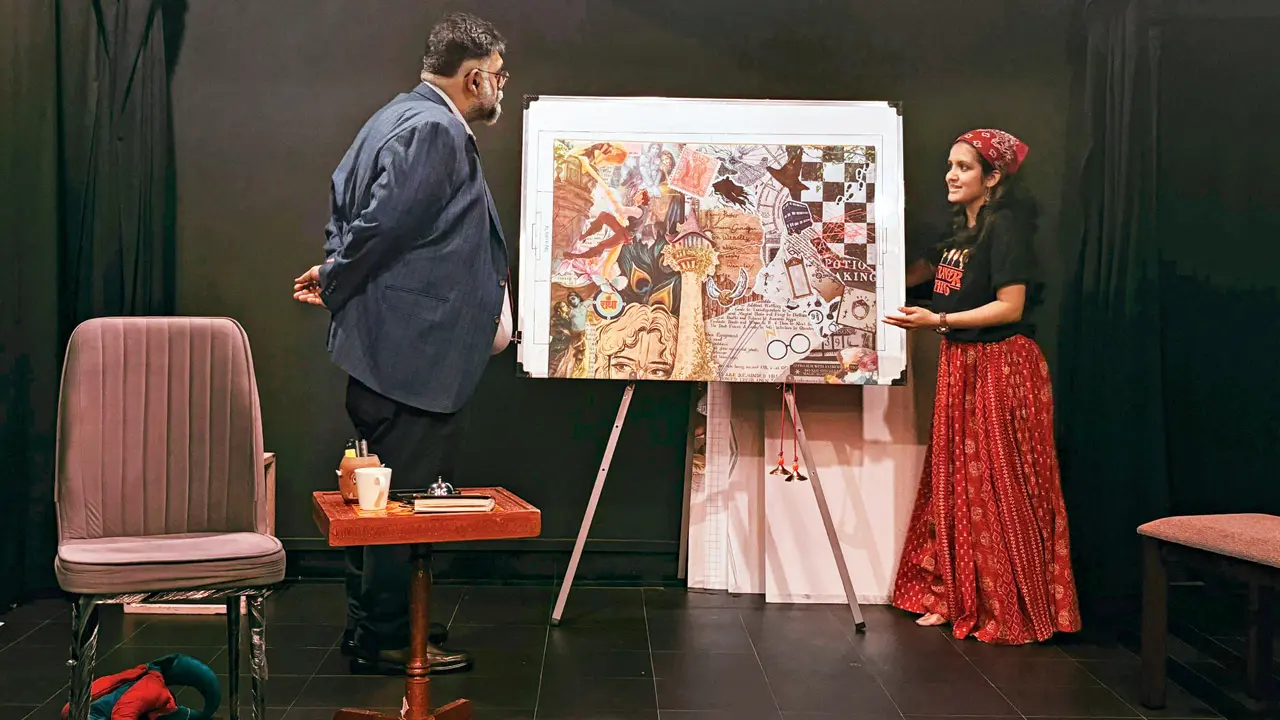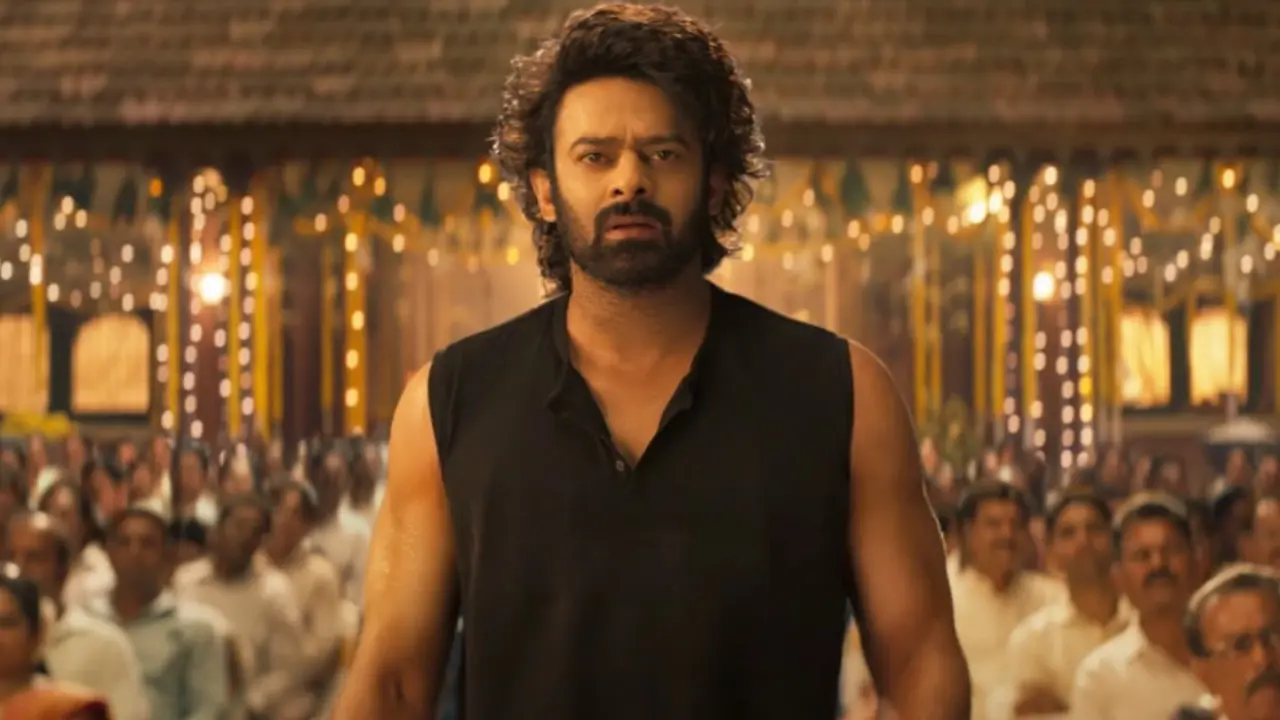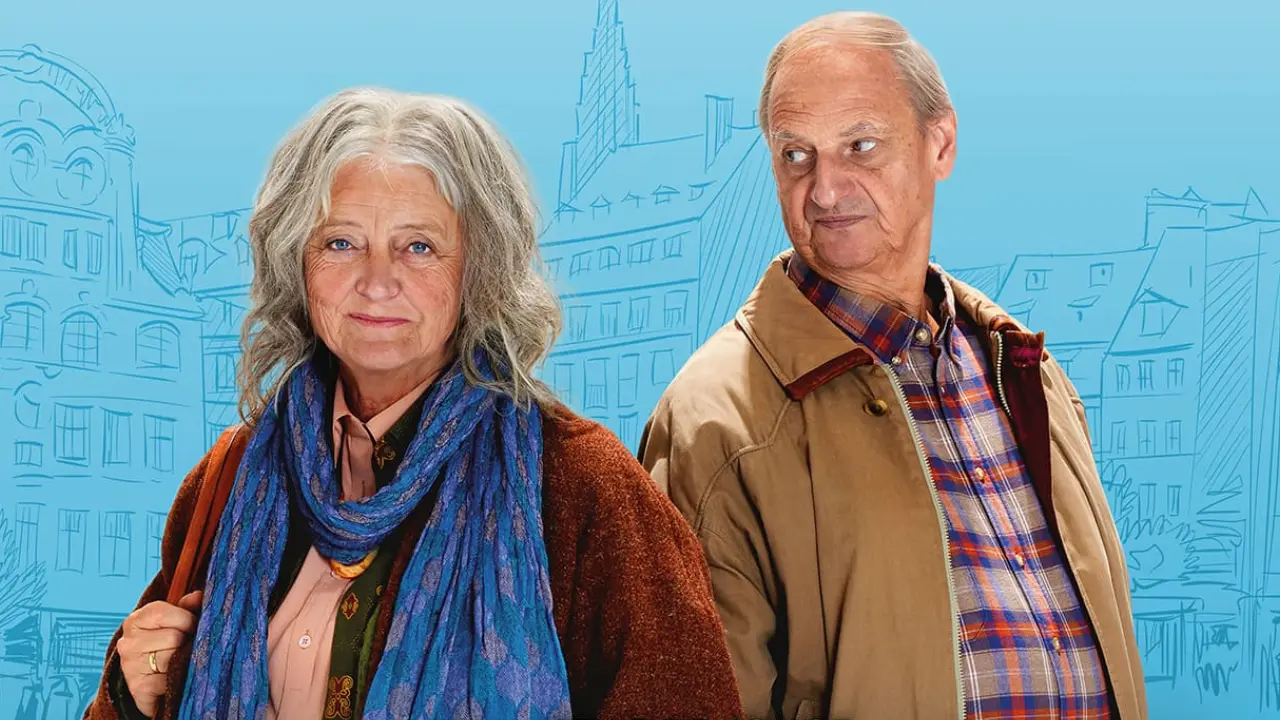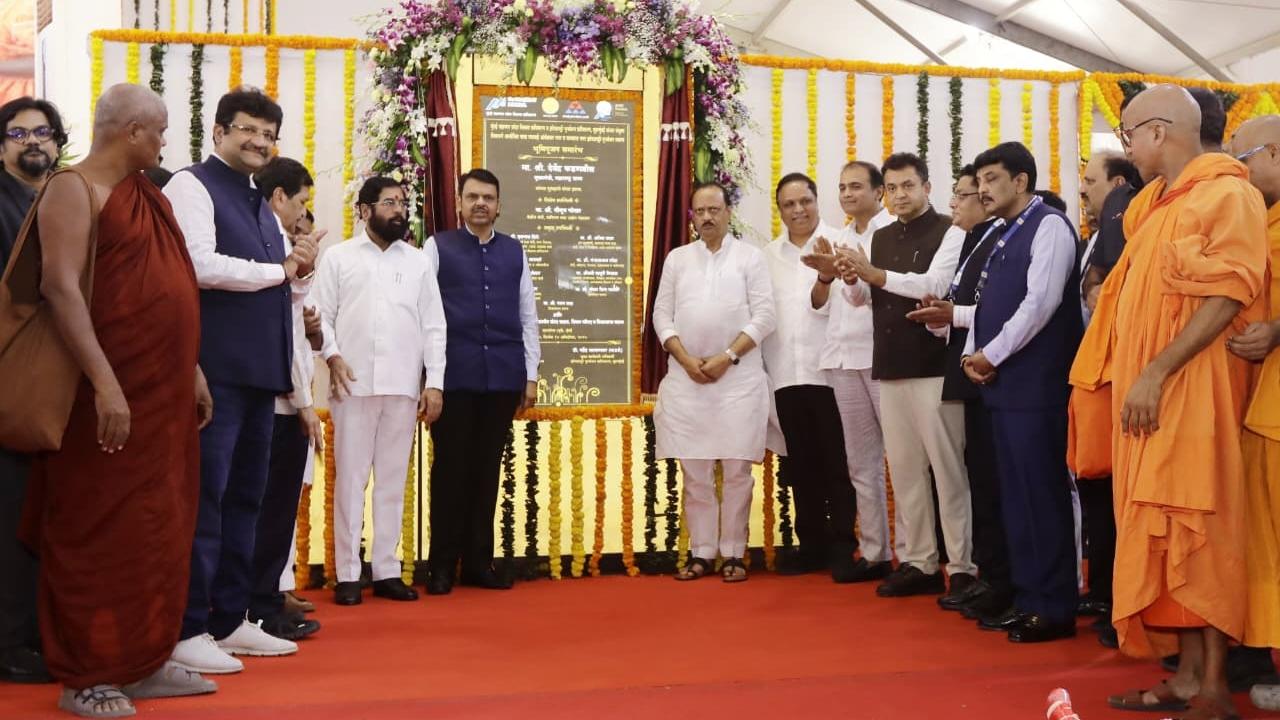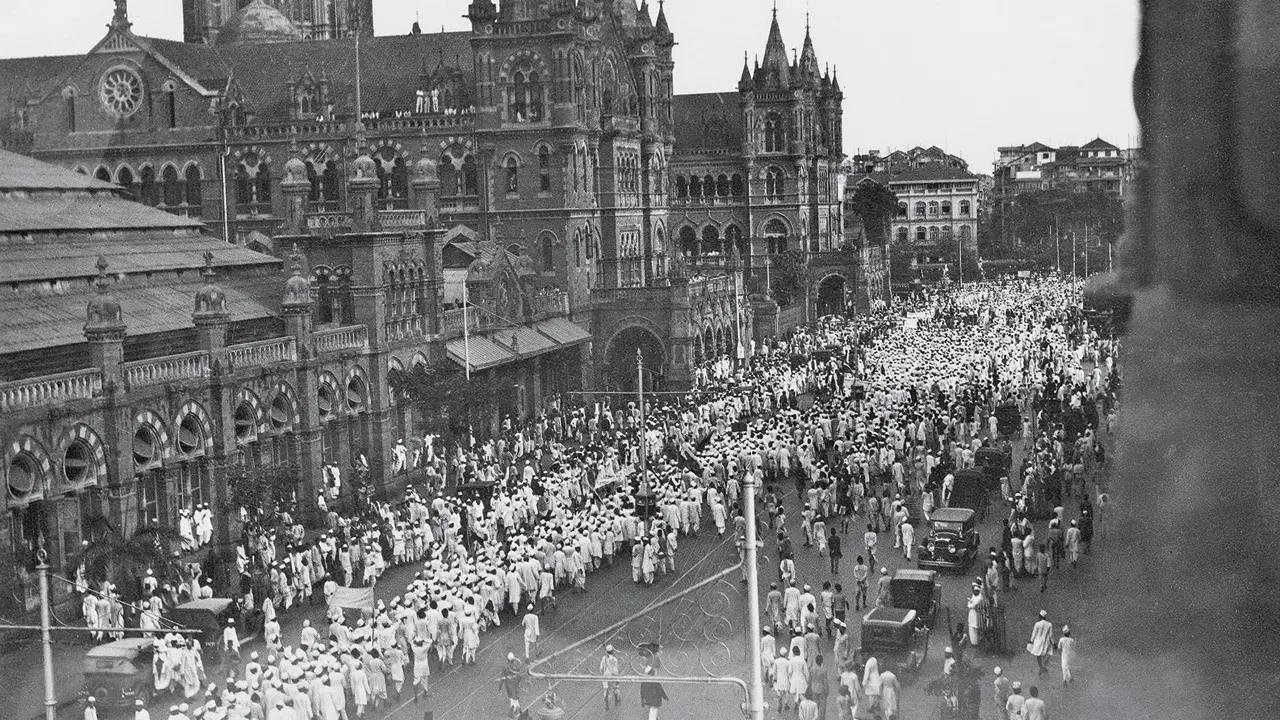
On April 13, 1930, the lanes outside the Bombay Stock Exchange suddenly became trading grounds for a dangerous contraband — salt. The recently-opened exhibition, Disobedient Subjects, at the Mumbai Gallery of the Chhatrapati Shivaji Maharaj Vastu Sangrahalaya (CSMVS) highlights the acts of citizens that defined civil disobedience in 1930-31.
“We associate the movement quintessentially with Gandhi, but the album [and exhibition] appears to be making a different argument: that the people of Bombay made the movement that in turn made Gandhi globally famous,” shares curator Sumathi Ramaswamy, also co-editor of the title, Photographing Civil Disobedience: Bombay 1930-1931 (Mapin Publishers) that is part of the exhibition.
Women pickets arrested outside the Town Hall when the picketing of Toddy shop license was held. c. 1930–1931
Curated by Ramaswamy alongside historian Avrati Bhatnagar, the project is presented by CSMVS and the Alkazi Foundation for the Arts (AFA). The crux of the project stems from the KL Nursey Collection in the Alkazi Collection of Photography, capturing the period between the Mahatma’s breaking of the Salt Law at Dandi on April 5, 1930, and his departure for the Second Round Table Conference from Ballard Pier on August 29, 1931.
The project took shape when Rahaab Allana, curator and publisher at AFA reached out to Ramaswamy after hearing her give a lecture on the imagery of Gandhi in France. The project — two exhibitions and a book — was born as the result of the research that followed over the next five years.
India beyond Gandhi
Mahatma Gandhi — one of the most photographed Indians — remains a quiet protagonist throughout. Ramaswamy shares, “The album piqued my interest because although it includes photographs of Gandhi, the bulk of the 245 images do not show much of his presence.”
A march of women through Bombay’s streets to protest against the imprisonment of Mrs. Lukmani, during the ongoing demonstrations which called for the boycott of British goods, on 29 July 1930
Bhatnagar observes, “The camera pivots to the actions of the everyday citizen, visually reminding us that Gandhi’s name might well be associated with the Civil Disobedience Movement, but it was the people on the ground who helped him pull it off.”
The mystery of Nursey
As for the producer of the collection itself, it remains a mystery. Allana shares that the album came to the Foundation recommended by Phillips Antiques in Mumbai back in the early 1990s. “We have not been able to identify who this gentleman is: a Congress party worker, photojournalist, or a compiler of someone else’s photographs, or as personal memorabilia.”
Congress women receiving instructions as to preparing salt. 1930
Bhatnagar adds, “We are almost certain that the photographer was a local male and was familiar with the city, but was he the Nursey who appears on the spine of the album? We are not sure.” Quoting photography theorist Ariella Azoulay, the curators suggest it is the photographs that are the more important piece of the puzzle.
Bombay at the heart
The 1930s saw Bombay rise as the foremost urban centre in the British Empire. From its trade, political, film, and business networks, it was key to any movement’s success or failure. Ramaswamy notes that they reveal how the city played a role in ‘scaling up what was essentially a rural act enacted by Gandhi’. “One of the most revealing facets of the album is the number of people, especially women, frequently with children by their side, who stop and directly look at the camera, even as they are caught in the act of doing something against the law — there is a fearlessness about this gesture which only a photograph can reveal,” the curators share.
Republished in The Illustrated Weekly of India, 27 April 1930 with caption: ‘Taking Home a Pinch of Salt’: A few of the thousands of salt law breakers who took home vessels full of sea water from Chowpatty to be converted into salt
For Bhatnagar, it is the women, some famous and most unknown, that add to the story. Among these is the visual documentation of the active presence of the Desh Sevika Sangh (DSS), a forgotten female-led organisation formed as a response to Gandhi’s clarion call.
Essays on vision
The book was the first proposed form of the project in the post-COVID phase, reveals Allana. It brings together nine essays by authors offering different viewpoints. For instance, Preeti Chopra dwells on the ‘street furniture’ like fountains, statues, and trams across the city, used as props by the protestors. Debashree Mukherjee offers insight into the crowds that visibly hide the colonial edifices that dominate the Bombay street scene. Abigail McGowan, meanwhile, focuses on the culture of shopping in the European department stores across the city.
Sumathi Ramaswamy and Avrati Bhatnagar
Through it all, it echoes a present concern — an urban society speaking up. “Although it was not the primary intent behind this project, as we continued to engage with these photos over the past five years, the resonances with the contemporary moment were not lost to us,” the curators share. Perhaps, today’s Mumbaikars could take a leaf out of their history. The state of our city, if not the country, certainly demands it.
TILL March 31, 2026; 10.15 am to 6 pm
AT Mumbai Gallery, CSMVS, Fort.
ENTRY Museum ticket charges apply
Log on to Mapinpub.com (for copies of the book)
COST Rs 1950

